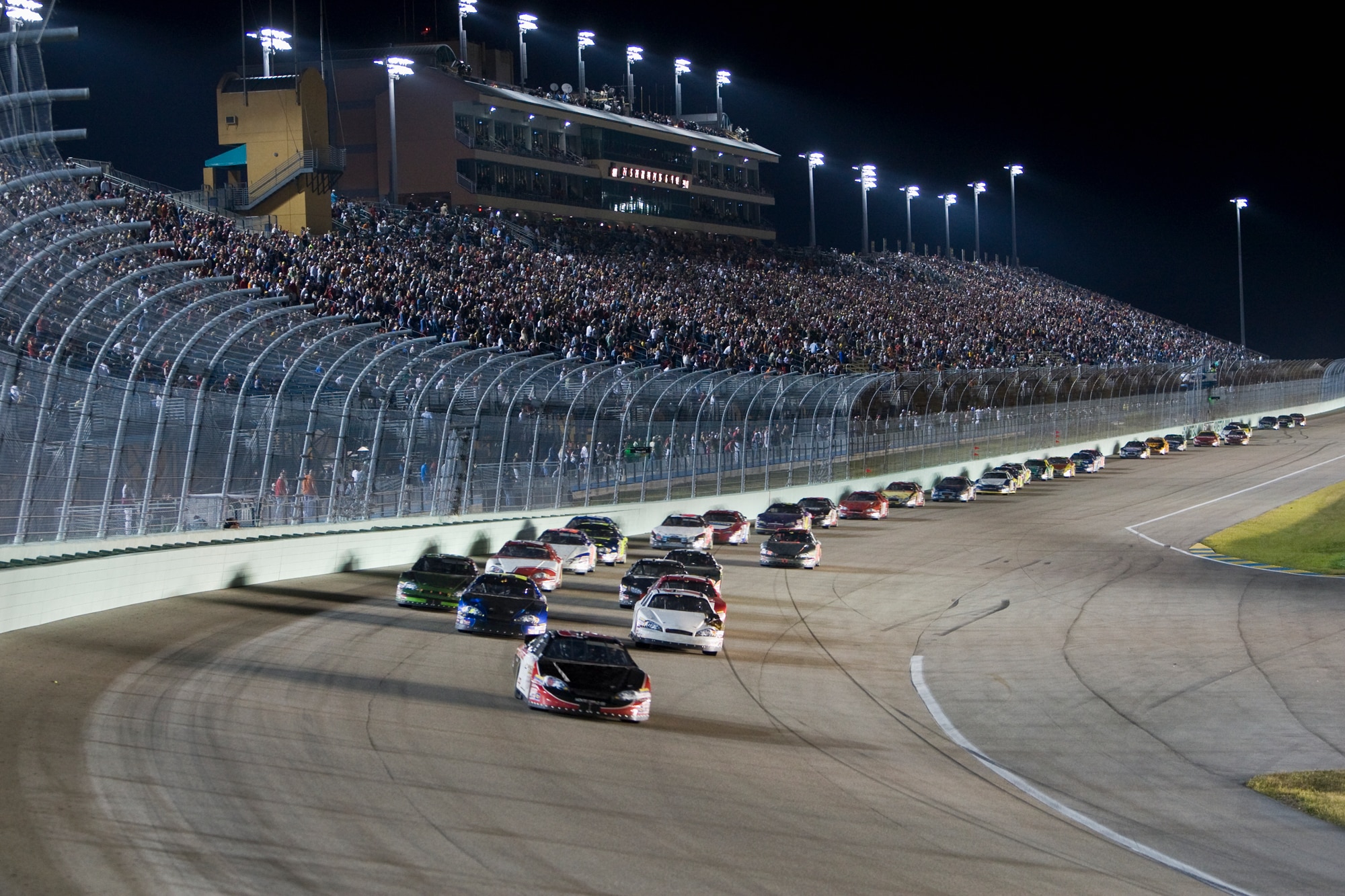What Is Trailbraking?
Enhance your track driving skills with this fusion of braking and turning.
 Getty Images
Getty Images
Trailbraking is an advanced driving technique, wherein the driver gradually releases the brakes while simultaneously turning the car into a corner. It’s one of many performance-driving skills you can hone to improve your lap times. When would you use it? Read on and we’ll get you up to speed.
Foundation of Trailbraking
When you’re driving a car near or on the limit, you have only so much grip available to accelerate, brake, and turn. So if you’re using 100% of the tires’ grip to brake, you have none left for turning. It’s a give and take. Backing off the brake pedal—even partially—allows you to dial in some steering. Simple enough, right?
As a basic skill, racers learn to maximize braking in a straight line before releasing the brakes and turning into a corner. Known as threshold braking, this technique uses 100% of the tire grip to slow the car. (Exceed that grip and the wheels will lock up or the anti-lock braking system will activate.) Before turning in, the driver lifts off the brake pedal so that 100% of the grip is available for cornering.
Trailbraking differs from threshold braking in that you back off the brakes gradually before initiating the turn and progressively release them while cornering. It’s the difference between braking then turning and braking while turning. While that may sound like a nuance, it can make a big difference in the car’s handling behavior and your lap times. This advanced skill can be executed with the left or right foot.
Benefits of Trailbraking and When to Use It
Higher cornering speeds and faster lap times are the main benefits of trailbraking, as it allows you to use the maximum amount of grip to go through a corner quicker.
That said, you wouldn’t use it in every corner on the track. Trailbraking is ideal for low-speed turns where keeping weight on the car’s front axle helps you avoid understeer, a condition in which the car doesn’t turn as much as you desire. Using this technique, the driver can get the car rotated and pointed in the direction they want to go, and return to the accelerator as soon as possible. Trailbraking can also help a driver overcome a setup or balance issue. In cases where the car has too little weight on the front wheels, trailbraking again helps to avoid understeer.
When Should You Avoid Trailbraking?
Trailbraking is for near- or at-the-limit driving and, therefore, should be reserved for the racetrack. Racers tend not to use it in high-speed corners, as it’s necessary to keep more weight on the rear of the car for balance and traction, allowing all four tires to share grip duties in high-g corners. This is also why you’ll want to avoid trailbraking if your car already wants to oversteer.
Written by humans.
Edited by humans.
 Jon Yanca
Jon YancaTo say cars have been a lifelong passion for Jon Yanca would be an understatement. Obsession is probably more fitting. He brings over 15 years of automotive-industry experience spanning from top enthusiast publications, to advertising and marketing, to independent auto repair. When Jon is not writing about cars, you'll find him racing on dirt, pavement, and even ice, or with a wrench in hand maintaining his fleet of vehicles.
Related articles
View more related articles